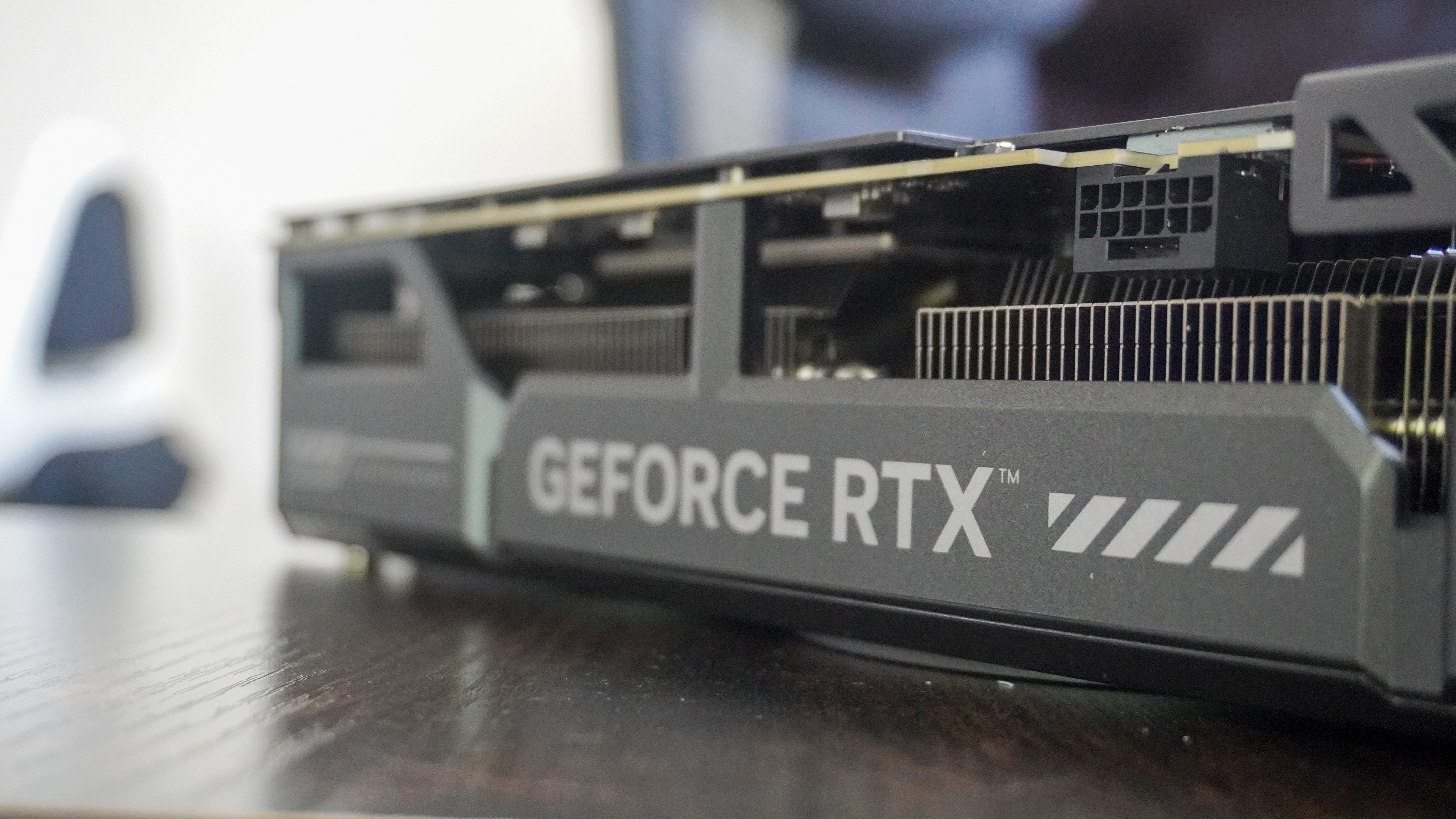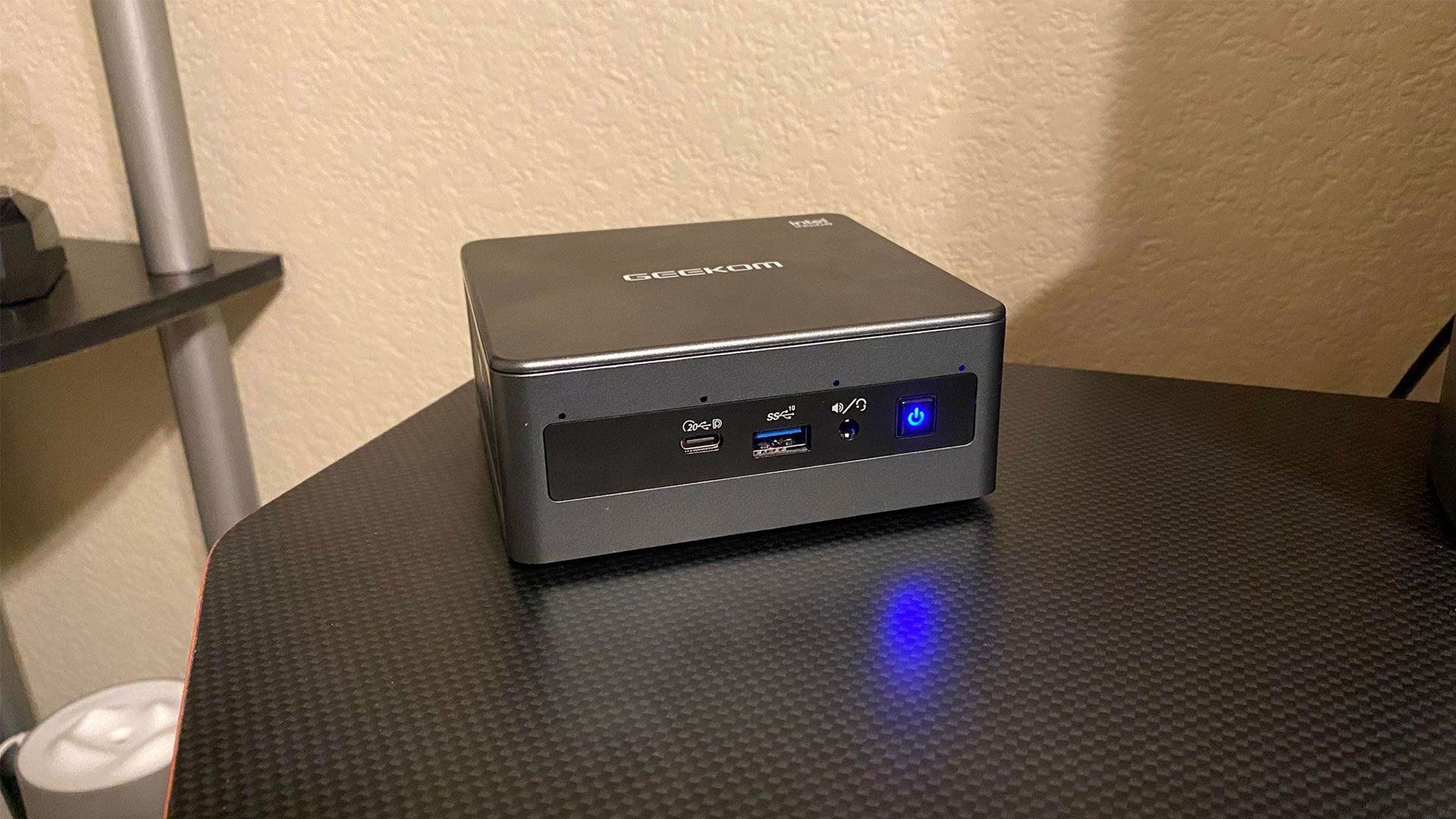Starlink vs. Traditional ISPs for Business

Traditional Internet Service Providers (ISPs) have dominated the market for decades, offering various forms of Internet connectivity, from DSL to fiber-optic broadband. However, with the launch of Starlink, a satellite-based internet service offered by SpaceX, businesses now have an alternative solution, especially for those in remote, rural, or underserved locations.
Starlink is a satellite-based internet system that uses a constellation of low Earth orbit (LEO) satellites to provide internet access. It aims to offer high-speed internet services to businesses and consumers in areas where traditional ISPs cannot deliver reliable service due to geographic limitations.
In this comparison, we will examine how Starlink stacks up against traditional ISPs for business applications in terms of speed, latency, coverage, and cost. Additionally, we will explore how businesses can leverage Starlink’s mobility for operations that require internet access in multiple or remote locations.
The Impact of Starlink on Small Rural Towns: Empowering Business and Telecommuting Opportunities
The advent of Starlink holds significant potential for improving the viability of small, rural towns as locations for businesses and for encouraging highly-skilled professionals to telecommute. Historically, small towns and remote areas experience poor internet service. Starlink’s high-speed satellite internet promises to address these issues, creating opportunities for rural revitalization and attracting remote talent.
Improving Internet Access in Remote Locations
Businesses that require fast and stable internet connections have been forced to operate in larger urban centers due to poor infrastructure in rural areas. This has hindered economic growth and limited the ability for remote work or business expansion.
Starlink, with its constellation of low Earth orbit (LEO) satellites, provides broadband-level internet to nearly every corner of the globe. It is designed to offer internet speeds of 50-150 Mbps with latency as low as 20-40 milliseconds. This improved connectivity removes the disadvantages of operating a business in a remote location.
Encouraging Remote Work and Attracting Talent
As remote work has grown increasingly popular, especially in the wake of the COVID-19 pandemic, more highly-skilled professionals are seeking alternatives to urban living. Especially in tech, marketing, design, and other knowledge-based industries, professionals are no longer required to be physically present in cities.
Starlink can play a key role in making remote work more accessible in rural areas by providing fast, stable, and consistent internet connections that enable professionals to telecommute effectively. This shift can not only improve their quality of life but also breathe new life into small towns by attracting skilled workers who bring expertise, innovation, and spending power.
Empowering Small Businesses and Startups
Rural towns can also become more attractive to small businesses and startups. Many businesses rely on internet-based services like cloud computing, communication tools, and digital marketing, all of which require high-speed, reliable internet connections.
Small businesses can now set up operations in rural areas without having to worry about the high cost of connectivity that comes with traditional broadband services. Additionally, rural communities may experience a boost in entrepreneurship, as Starlink’s reliable service lowers the entry barrier for those looking to start businesses in sparsely populated areas.
Community and Economic Development
The widespread availability of high-speed internet can have a ripple effect on the local economy. As remote workers move to rural areas and small businesses thrive, it stimulates local economies by increasing the demand for housing, retail, services, and infrastructure.
The presence of a high-speed internet infrastructure can lead to further advancements in education and healthcare in these communities. Telemedicine, distance learning, and online collaborations all become accessible.
Rivals to Starlink in the Rural Connectivity Market
Starlink’s satellite internet has the potential to revolutionize small towns and rural communities by providing the connectivity needed for both business growth and the expansion of remote work. However, the SpaceX division is not the only service provider currently reaching out to rural communities.
Several traditional ISPs in the USA have committed to investing in infrastructure to improve internet access in rural areas, acknowledging the growing need for reliable broadband outside urban centers.
- Comcast: As part of its Internet Essentials program, Comcast has pledged to extend broadband service to more rural areas, especially in regions previously underserved by traditional internet providers. The company plans to expand its fiber-optic infrastructure with a $1 billion investment. This project aims to address the digital divide, focusing on bridging gaps in both rural and low-income communities.
- AT&T: AT&T has made significant strides in expanding its fiber-optic network in rural areas through its Connected Communities initiative. The company has committed to spending billions to provide more high-speed internet to underserved rural locations, including those in Texas and other states, by leveraging both fiber and fixed wireless technology.
- Verizon: Verizon also recognizes the importance of serving rural areas and is investing in expanding its 5G network to remote communities. Verizon has committed substantial resources to increasing rural coverage and has partnered with government initiatives to extend broadband service to areas with limited connectivity.
These investments reflect a broader industry effort to enhance connectivity in rural America.
Speed: How Starlink and Traditional ISPs Compare
When choosing an internet service, speed is often one of the most critical factors for businesses. Speed impacts everything from the ability to stream video conferences and upload large files to running cloud-based applications and maintaining an online presence.
Starlink’s Speed
Starlink offers broadband speeds ranging from 50 Mbps to 150 Mbps for its standard consumer plan. However, depending on network congestion, some users have reported speeds of up to 200 Mbps or higher. Starlink’s Business plan, designed for businesses that require more robust service, promises speeds ranging from 150 Mbps to 500 Mbps, depending on the satellite constellation and location.
Key Considerations for Businesses:
- Speed Variability: Unlike traditional ISPs, which typically offer consistent speed ranges based on the type of plan (e.g., fiber-optic internet is known for its consistently high speeds), Starlink’s speeds can be affected by several factors, such as satellite traffic, network congestion, and weather conditions. Starlink’s variable performance could pose challenges, especially in areas with high traffic or adverse weather.
- Upload and Download Speed Balance: While Starlink provides strong download speeds, its upload speeds are often more variable. For businesses that rely heavily on data uploading, such as content creation or cloud services, this can be a limiting factor. Traditional ISPs with fiber-optic or cable connections tend to offer symmetrical upload and download speeds, making them more reliable for businesses that require high-speed internet for both uploads and downloads.
Traditional ISPs’ Speed
Traditional ISPs, such as Comcast, AT&T, Verizon, and CenturyLink, offer a range of connection types, including DSL, cable, fiber-optic, and satellite internet. Among these options, fiber-optic broadband tends to offer the highest speeds.
- Fiber-Optic: Speeds can range from 100 Mbps to 1 Gbps or higher, offering businesses fast and reliable performance. Fiber-optic internet offers low latency and high bandwidth, making it ideal for businesses that require fast data transfers, seamless video conferencing, and consistent performance during peak usage.
- Cable and DSL: While cable internet can offer speeds of around 25 Mbps to 100 Mbps, DSL tends to be slower, offering speeds in the range of 5 Mbps to 35 Mbps. While these options may suffice for smaller businesses or those with light internet usage, they may not be suitable for larger organizations that rely on heavy data transfer or need to support multiple devices and users simultaneously.
Comparison: In terms of raw speed, fiber-optic broadband from traditional ISPs is typically faster than Starlink’s satellite internet, especially at the higher end of the scale. Businesses requiring speeds beyond 100 Mbps for heavy data usage and critical applications will likely find traditional ISPs with fiber-optic connections a more reliable and faster option.
Latency: A Critical Factor for Business Operations
In a business environment, latency is the delay that occurs in data transmission between two points. For businesses, latency is crucial, particularly for activities such as real-time communications, video conferencing, and cloud applications.
Starlink’s Latency
Latency is one of the most important aspects when evaluating Starlink as an internet provider. While Starlink has made significant progress in reducing latency compared to traditional satellite internet, it still faces some challenges due to its satellite-based system.
- Average Latency: Starlink provides latencies in the range of 20 to 40 ms, which is significantly lower than traditional geostationary satellites that experience latencies upwards of 600 ms. This reduction is primarily due to Starlink’s use of low Earth orbit (LEO) satellites, which are much closer to Earth compared to the geostationary satellites used by older satellite internet systems.
- Real-World Latency Performance: While Starlink’s latency is generally acceptable for most business operations, it is still higher than the sub-10 ms latency provided by fiber-optic broadband services from traditional ISPs. For businesses that rely on ultra-low latency for real-time operations, such as financial trading platforms or high-frequency trading, Starlink might not be the ideal solution at this point.
Traditional ISPs’ Latency
Traditional ISPs, particularly those providing fiber-optic or cable internet, mostly offer much lower latency compared to satellite internet services. Latency for fiber-optic internet is often around 5 to 10 ms, making it an excellent choice for businesses that need to conduct video calls, virtual meetings, and work with real-time data.
- Geographical Variations: Fiber-optic internet in urban and well-developed areas tends to offer extremely low latency, while more remote or underserved regions may have higher latency with DSL or cable connections.
Comparison: Fiber-optic broadband from traditional ISPs generally offers lower latency than Starlink, especially for businesses in urban locations. However, for businesses in rural or underserved areas where traditional ISPs are unavailable, Starlink offers a viable alternative with relatively low latency compared to older satellite systems.
Coverage: Reaching Remote and Rural Areas
The coverage area for internet services is one of the most significant advantages that Starlink offers, especially when compared to traditional ISPs.
Starlink’s Coverage
One of Starlink’s primary selling points is its ability to provide internet access to remote and rural locations where traditional ISPs do not offer coverage. Since Starlink’s satellites are in low Earth orbit (LEO), they can deliver high-speed internet to areas that might otherwise be cut off from conventional broadband services. This is a major advantage for businesses operating in hard-to-reach locations such as mountainous regions, deserts, and offshore locations.
- Global Coverage: Starlink’s satellite constellation is designed to provide global coverage, meaning businesses can rely on the service no matter where they are located, as long as there is line-of-sight to the sky.
- Mobility: Starlink also offers mobility options for businesses, allowing them to move their satellite dishes and maintain a stable internet connection while traveling. This is particularly useful for transportation, logistics, or field operations that require internet access on the go.
Traditional ISPs’ Coverage
Traditional ISPs typically provide service in specific geographic areas, primarily focusing on urban and suburban regions. Businesses located in rural or remote areas might find it challenging to obtain internet service, or may be limited to slower DSL or satellite internet connections.
- Fiber-optic Broadband: Traditional ISPs offering fiber-optic broadband typically concentrate in high-density urban areas, leaving rural businesses to rely on alternative, slower services like DSL or fixed wireless.
- Service Gaps in Remote Areas: For businesses located in remote or difficult-to-reach areas, traditional ISPs might not offer service at all. Businesses in these areas often have to rely on satellite internet providers or fixed wireless broadband as secondary options.
Comparison: Starlink has a clear advantage when it comes to coverage, especially in remote or underserved locations. While traditional ISPs provide excellent service in urban areas, businesses in rural locations will find Starlink’s global coverage and mobility solutions an attractive alternative to traditional broadband services.
Cost: Which Option Is More Cost-Effective for Businesses?
Cost is another critical consideration when evaluating internet service providers. Businesses often have tight budgets, and understanding the cost structure for both Starlink and traditional ISPs is essential for making an informed decision.
Starlink’s Cost
Starlink’s pricing model is relatively simple but can vary based on the plan chosen:
- Fixed Site: As of 2025, Starlink’s business site service costs $140 per month for standard speed (up to 150 Mbps). Equipment costs, such as the satellite dish and Wi-Fi router, are priced at $549.
- Mobile Plan: The Starlink Land Mobile Plan for Business is priced at $250 per month with an upfront equipment cost of $2,500 for the business-grade dish.
Key Considerations for Businesses:
- Upfront Equipment Costs: One of the main costs businesses will face is the upfront purchase of the satellite dish and equipment. This is a one-time cost, but it can still be a significant investment.
- Data Plans: Unlike traditional ISPs, which frequently offer unlimited data plans, Starlink may have restrictions or data throttling if the service experiences congestion, especially during peak hours.
Traditional ISPs’ Cost
Traditional ISPs offer a wide range of pricing, which varies depending on the service type:
- Fiber-Optic Plans: Prices typically range from $50 to $100 per month for speeds of 100 Mbps to 1 Gbps. Fiber-optic services tend to be more affordable and offer better value in urban areas compared to satellite services.
- DSL and Cable Plans: These plans are often priced between $30 and $70 per month, depending on the speed and location. However, these services may offer slower speeds and higher latency, especially in rural areas.
Comparison: Starlink’s cost is significantly higher than traditional DSL and cable internet services. However, in rural or underserved areas, where traditional ISPs may not offer services at all, Starlink provides a reliable alternative, even at a higher cost.
Incentives to Provide Rural Connectivity
Governments at the national, state, and local levels have introduced several measures to improve internet services in rural areas, aiming to close the digital divide and boost economic development.
National Government
The Federal Communications Commission (FCC) plays a key role, with programs like the Rural Digital Opportunity Fund (RDOF), which allocates billions of dollars to support broadband deployment in underserved regions. This fund prioritizes fiber-optic and fixed wireless technologies, but satellite internet providers like Starlink have also been eligible for funding, as long as they meet the required speeds and performance standards.
State Governments
Many states have created their own initiatives to foster broadband expansion. For example, California’s Broadband for All initiative and Tennessee’s Broadband Accessibility Act offer grants and tax incentives to companies extending broadband to rural areas. Both satellite and traditional ISPs can benefit, though some state programs emphasize more traditional infrastructure.
Local Governments
Local governments often collaborate with ISPs to fund broadband expansion through public-private partnerships. Rural-focused initiatives are typically designed to meet local connectivity needs and may prioritize fixed broadband solutions, though satellite providers have started to receive attention as a potential solution for more remote areas.
Conclusion
Both Starlink and traditional ISPs offer distinct advantages and limitations for businesses, depending on factors such as location, budget, speed, and scalability. Starlink is an excellent option for businesses in remote, underserved, or mobile environments, offering reliable internet connectivity where traditional ISPs cannot reach. However, for businesses located in urban areas or regions with high-quality fiber-optic infrastructure, traditional ISPs are likely to provide higher speeds, lower latency, and more cost-effective plans.
Source link











